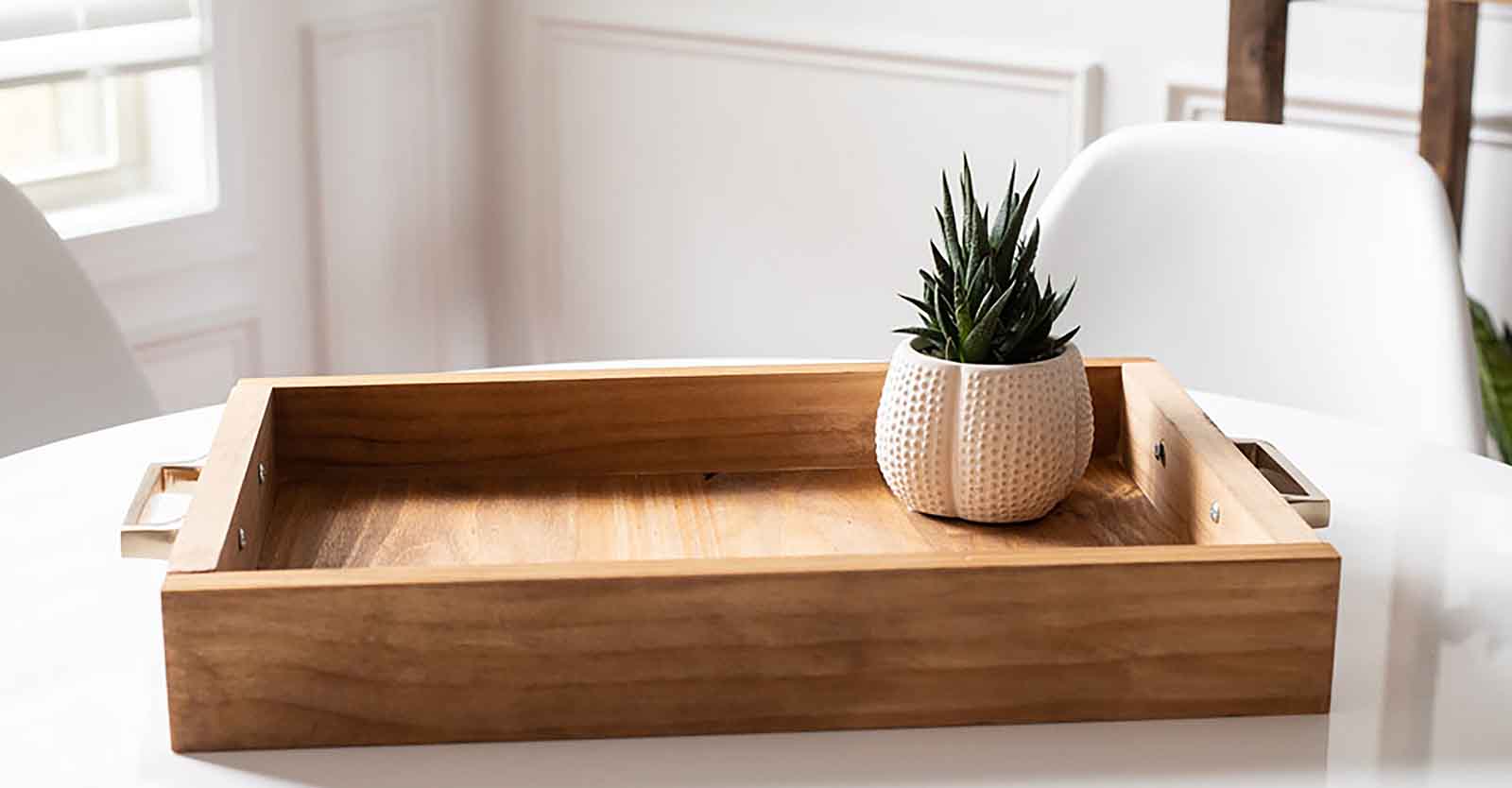Transform your leftover scrap wood into stunning creations with our expertly curated and top-rated free project plans. Whether you’re a beginner or seasoned woodworker, these step-by-step instructions cover a variety of skill levels.
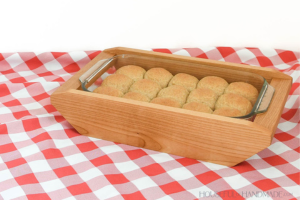

Desk Organizer
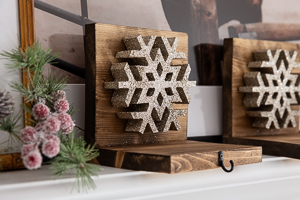
DIY Stocking Holders
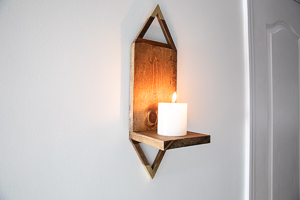
DIY Wall Sconce
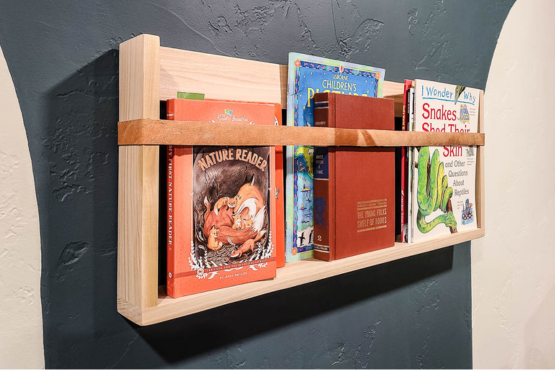
Magazine Rack

DIY Jewelry Stand
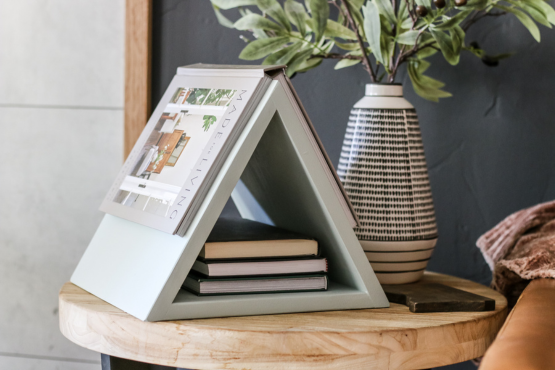
Book Holder
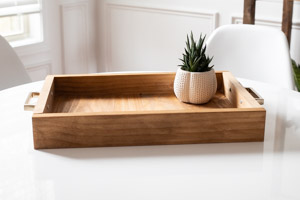
DIY Wooden Tray
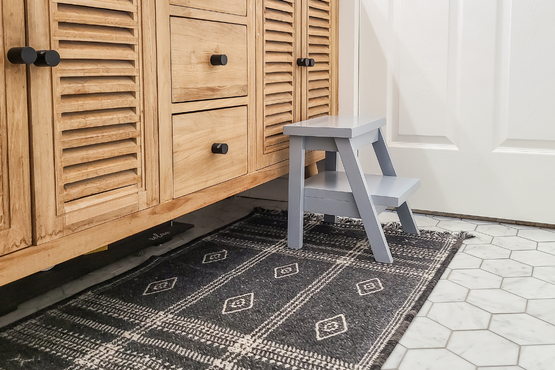
Kid’s Stepping Stool
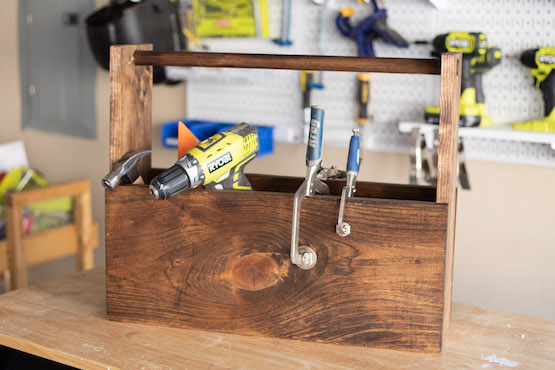
DIY Tool Caddy
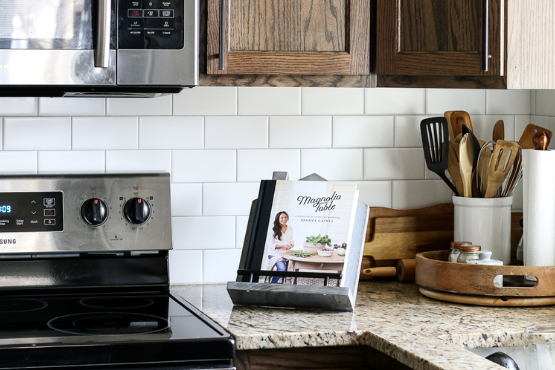
Wooden Cookbook Holder

DIY Spice Drawer Organizer
Exploring the World of Scrap Wood Projects
In the world of do-it-yourself (DIY) projects, the allure of working with scrap wood has gained significant traction. From novice hobbyists to seasoned craftsmen, the prospect of transforming discarded leftover wood into functional and aesthetically pleasing creations has grown into a popular topic in woodworking.
Brief Overview of the Popularity of Scrap Wood Projects
The surge in interest surrounding scrap wood projects is undeniable. Woodworkers, both new and experienced, are increasingly drawn to the idea of repurposing leftover or discarded wood pieces to craft bespoke items. The accessibility and affordability of scrap wood make it an attractive medium for DIY enthusiasts seeking both creative expression and practical solutions.
Importance of Utilizing Scrap Wood for Sustainable and Cost-Effective DIY Projects
In an era where sustainability is at the forefront of societal consciousness, utilizing scrap wood aligns with eco-friendly principles. By repurposing wood that might otherwise end up in landfills, craftsmen contribute to reducing environmental impact. Furthermore, the cost-effectiveness of using scrap wood makes DIY projects more accessible, allowing individuals to indulge their creative impulses without breaking the bank.
Benefits of Scrap Wood Projects
A. Cost Savings and Resourcefulness
One of the most compelling advantages of engaging in scrap wood projects is the potential for substantial cost savings. Instead of investing in additional (and expensive) lumber, crafters can harness the potential of discarded wood, minimizing the financial commitment associated with their endeavors. This cost-effectiveness extends not only to material acquisition but also to the tools and equipment needed for these projects.
B. Environmental Sustainability
Embracing scrap wood projects aligns with a broader commitment to environmental sustainability. By diverting wood from landfills, individuals actively contribute to reducing waste and promoting the repurposing of valuable resources. In a world increasingly focused on eco-conscious living, scrap wood projects offer a tangible way for woodworkers to make a positive impact on the planet.
C. Customization Opportunities
Scrap wood projects open up a realm of customization possibilities. With an eclectic mix of wood species, grains, and textures at your disposal, each project becomes a unique expression of creativity. Crafters can experiment with various combinations of scrap wood, creating one-of-a-kind pieces that reflect their individual style and preferences. The versatility inherent in scrap wood allows for a broad spectrum of design possibilities, from rustic and reclaimed to sleek and modern.
D. Skill Development for Woodworkers of All Levels
Engaging in scrap wood projects presents an excellent opportunity for woodworkers to hone their skills. Whether you’re a novice looking to embark on your first DIY adventure or an experienced craftsman seeking a new challenge, scrap wood projects cater to a range of skill levels. The variety of projects available, from simple home decor items to intricate furniture pieces, ensures that there’s always room for growth and skill development.
Tips for Successful Scrap Wood Projects
A. Selecting the Right Type of Scrap Wood
The success of any scrap wood project begins with thoughtful wood selection. Keep an eye out for discarded pieces with interesting grains, textures, and sizes. Softwoods like pine and cedar are often more forgiving for beginners, while hardwoods like oak and maple offer durability and a polished finish. Salvaged wood from pallets and crates can add a rustic charm to your projects. Remember to inspect the wood for any signs of damage or infestation before starting your project.
B. Essential Tools for the Projects
Equipping yourself with the right tools is crucial for the success of your scrap wood endeavors. While specific tools may vary depending on the project, some essentials include reliable cutting tools, a power drill, and of course, a pocket hole jig. Investing in quality tools, even if they are secondhand, ensures precision and safety throughout the crafting process.
C. Safety Precautions and Best Practices
Prioritize safety when working with any type of wood, including scrap pieces. Use appropriate personal protective equipment (PPE), such as safety glasses and hearing protection. Follow proper techniques when cutting, sanding, and assembling your projects. If you’re unsure about a particular method, seek guidance from experienced woodworkers or online resources to ensure a safe and enjoyable crafting experience.
D. Creative Ideas for Combining Different Wood Pieces
The beauty of scrap wood projects lies in the freedom to experiment with different wood combinations. Mix and match various species, sizes, and colors to create visually appealing patterns and contrasts in your projects. Consider incorporating reclaimed metal or other materials for added texture and interest. Look for inspiration in design magazines, online forums, or even nature to spark your creativity and elevate your scrap wood creations to new heights.


